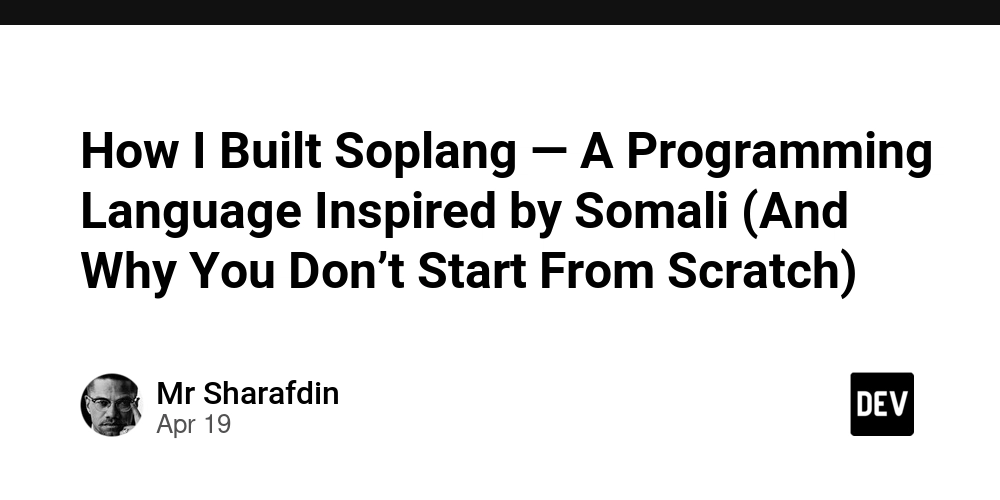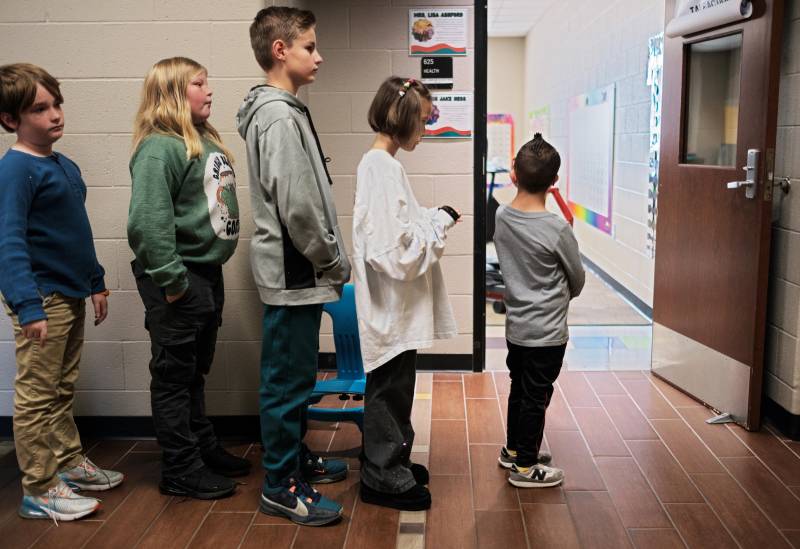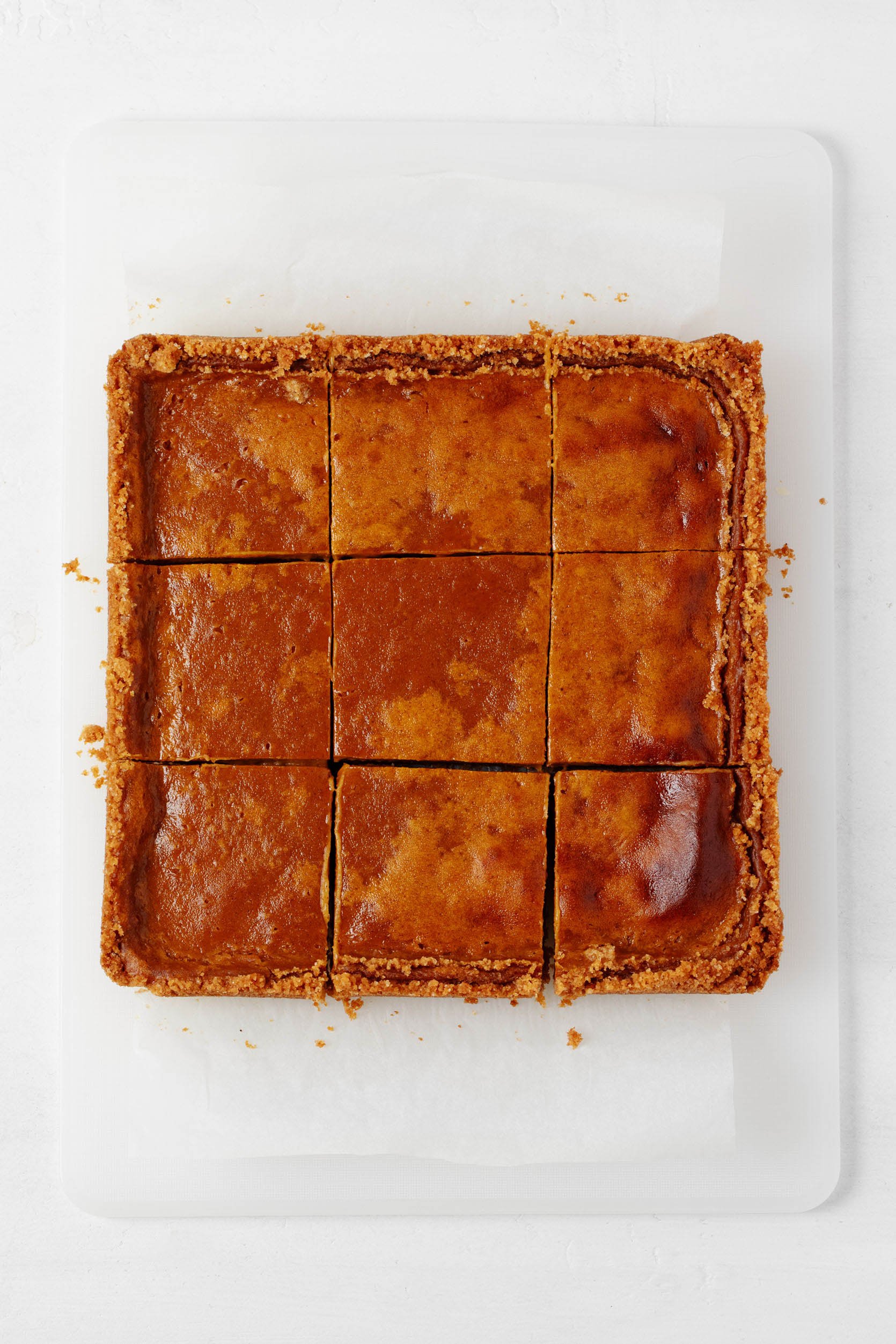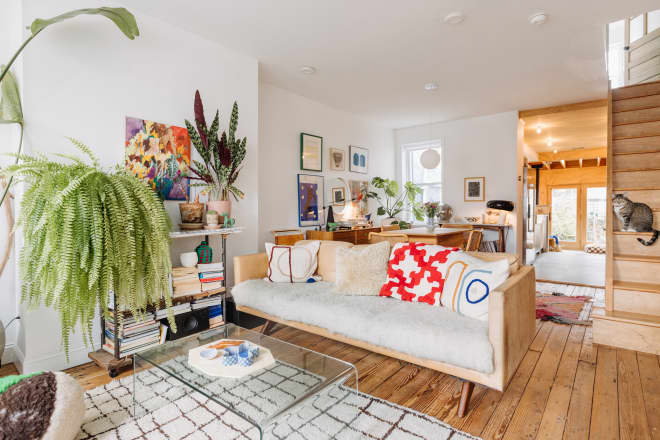How I Built Soplang — A Programming Language Inspired by Somali (And Why You Don’t Start From Scratch)
Have you ever dreamed of creating your own programming language? I did — and I followed through with it. It’s called Soplang, and it’s a language designed with simplicity, education, and the Somali language in mind. But building a programming language isn't as mysterious as it seems — and you don't need to start from raw machine code. In this post, I’ll walk you through: What a programming language really is, How they’re built (step by step), Why most languages are built on top of others, And the lessons I learned building Soplang — especially the pain of designing grammar in Somali. What Is a Programming Language? At its core, a programming language is just a way to give instructions to a computer. But computers only understand machine code — binary ones and zeros. So we create human-friendly languages that get translated into something the machine can actually execute. A typical language has: Syntax: the rules of how code is written (like grammar in English). Semantics: the meaning of that code (what it does). A compiler or interpreter: a program that translates your code into something executable. Standard library: built-in functionality like math, file access, networking, etc. How Are Programming Languages Built? Let’s break it down into the essential building blocks: 1. Lexing & Parsing You take the raw code (door x = 5) and turn it into tokens: words like door, x, =, 5. Then, you parse those tokens into an Abstract Syntax Tree (AST) — a tree structure that represents what the code means. 2. Interpreting or Compiling Once you have the AST, you can either: Interpret it: directly execute it line by line (like Python does), Or Compile it: translate the whole thing into another language or machine code (like Rust or C++). 3. Runtime / Standard Library This is the toolbox for your language: math functions, file I/O, networking, etc. Without this, the language can’t do much. 4. Tooling Once your language works, you still need: A REPL (interactive shell), A CLI tool to run code, An editor plugin (e.g. VS Code extension), A debugger, linter, formatter — the whole ecosystem. For Soplang, the first version includes a Python-based interpreter, an extended standard library, and we’re building a Rust-based compiler and a browser version (sopScript) next. Every Language Stands on the Shoulders of Another Almost every major language you know was built using another language. Python was written in C. JavaScript (V8 engine) is written in C++. Rust was first prototyped in OCaml, then rewritten in Rust. Go was bootstrapped with C. TypeScript compiles to JavaScript. Even C came from B, which came from BCPL. So when I started Soplang, I used Python to build the first interpreter. It let me move fast, prototype quickly, and focus on language design. Later, we’re switching to a Rust-based compiler for better performance and safety. Using another language to build your own isn’t cheating — it’s the standard. Lessons From Designing Soplang’s Grammar (It Was Painful) One of the most surprising challenges I faced was choosing the right grammar and keywords — especially because Soplang is designed with Somali in mind. At first, I used keyd for variables — it means “storage.” Technically correct, but it didn’t feel natural. After some testing and feedback, I changed it to door, a short form of doorsoome, meaning “something that changes.” That captured the real purpose of a variable better, and it was shorter and cleaner. But that process repeated for every keyword: What should if, while, print, function be in Somali? Should the syntax look more like Python or something completely new? Should I favor readability or brevity? Language design isn’t just technical — it’s cultural and linguistic too. The Future of Soplang Soplang is still evolving. Here’s what’s coming in Soplang 2.0: A new, clean grammar specification. A Python interpreter and a Rust-based compiler. A CLI tool (sop) to run and manage packages. sopScript: Soplang running in the browser. A full standard library: math, file I/O, networking, date/time. A VS Code extension with auto-completion, syntax highlighting, and inline docs. A new website and documentation. Final Thoughts Building a programming language is like creating your own universe. You define the rules, the words, the behaviors. It’s hard — but deeply rewarding. You don’t need to be a compiler expert to start. You just need a goal, a little curiosity, and the patience to make a lot of design decisions. Whether you're thinking about building your own language or just curious how it’s done — I hope Soplang inspires you. Mr Sharafdin.

Have you ever dreamed of creating your own programming language? I did — and I followed through with it.
It’s called Soplang, and it’s a language designed with simplicity, education, and the Somali language in mind. But building a programming language isn't as mysterious as it seems — and you don't need to start from raw machine code.
In this post, I’ll walk you through:
- What a programming language really is,
- How they’re built (step by step),
- Why most languages are built on top of others,
- And the lessons I learned building Soplang — especially the pain of designing grammar in Somali.
What Is a Programming Language?
At its core, a programming language is just a way to give instructions to a computer. But computers only understand machine code — binary ones and zeros. So we create human-friendly languages that get translated into something the machine can actually execute.
A typical language has:
- Syntax: the rules of how code is written (like grammar in English).
- Semantics: the meaning of that code (what it does).
- A compiler or interpreter: a program that translates your code into something executable.
- Standard library: built-in functionality like math, file access, networking, etc.
How Are Programming Languages Built?
Let’s break it down into the essential building blocks:
1. Lexing & Parsing
You take the raw code (door x = 5) and turn it into tokens: words like door, x, =, 5.
Then, you parse those tokens into an Abstract Syntax Tree (AST) — a tree structure that represents what the code means.
2. Interpreting or Compiling
Once you have the AST, you can either:
- Interpret it: directly execute it line by line (like Python does),
- Or Compile it: translate the whole thing into another language or machine code (like Rust or C++).
3. Runtime / Standard Library
This is the toolbox for your language: math functions, file I/O, networking, etc. Without this, the language can’t do much.
4. Tooling
Once your language works, you still need:
- A REPL (interactive shell),
- A CLI tool to run code,
- An editor plugin (e.g. VS Code extension),
- A debugger, linter, formatter — the whole ecosystem.
For Soplang, the first version includes a Python-based interpreter, an extended standard library, and we’re building a Rust-based compiler and a browser version (sopScript) next.
Every Language Stands on the Shoulders of Another
Almost every major language you know was built using another language.
- Python was written in C.
- JavaScript (V8 engine) is written in C++.
- Rust was first prototyped in OCaml, then rewritten in Rust.
- Go was bootstrapped with C.
- TypeScript compiles to JavaScript.
- Even C came from B, which came from BCPL.
So when I started Soplang, I used Python to build the first interpreter. It let me move fast, prototype quickly, and focus on language design. Later, we’re switching to a Rust-based compiler for better performance and safety.
Using another language to build your own isn’t cheating — it’s the standard.
Lessons From Designing Soplang’s Grammar (It Was Painful)
One of the most surprising challenges I faced was choosing the right grammar and keywords — especially because Soplang is designed with Somali in mind.
At first, I used keyd for variables — it means “storage.” Technically correct, but it didn’t feel natural.
After some testing and feedback, I changed it to door, a short form of doorsoome, meaning “something that changes.” That captured the real purpose of a variable better, and it was shorter and cleaner.
But that process repeated for every keyword:
- What should
if,while,print,functionbe in Somali? - Should the syntax look more like Python or something completely new?
- Should I favor readability or brevity?
Language design isn’t just technical — it’s cultural and linguistic too.
The Future of Soplang
Soplang is still evolving. Here’s what’s coming in Soplang 2.0:
- A new, clean grammar specification.
- A Python interpreter and a Rust-based compiler.
- A CLI tool (
sop) to run and manage packages. -
sopScript: Soplang running in the browser. - A full standard library: math, file I/O, networking, date/time.
- A VS Code extension with auto-completion, syntax highlighting, and inline docs.
- A new website and documentation.
Final Thoughts
Building a programming language is like creating your own universe. You define the rules, the words, the behaviors. It’s hard — but deeply rewarding.
You don’t need to be a compiler expert to start. You just need a goal, a little curiosity, and the patience to make a lot of design decisions.
Whether you're thinking about building your own language or just curious how it’s done — I hope Soplang inspires you.
Mr Sharafdin.






























































